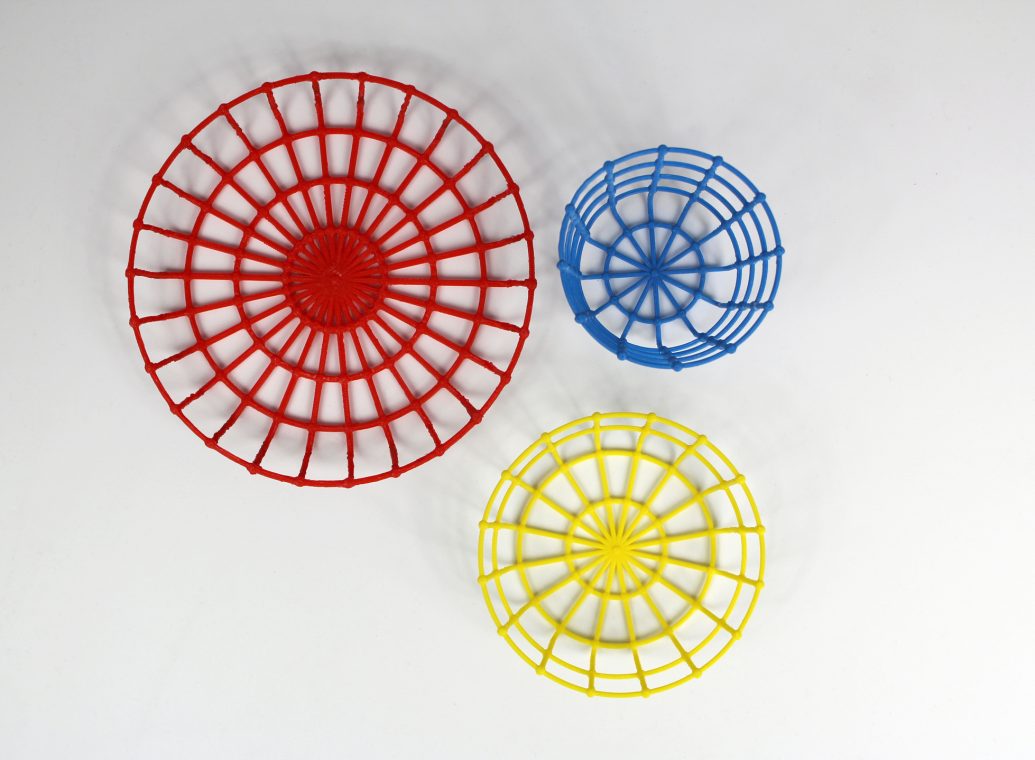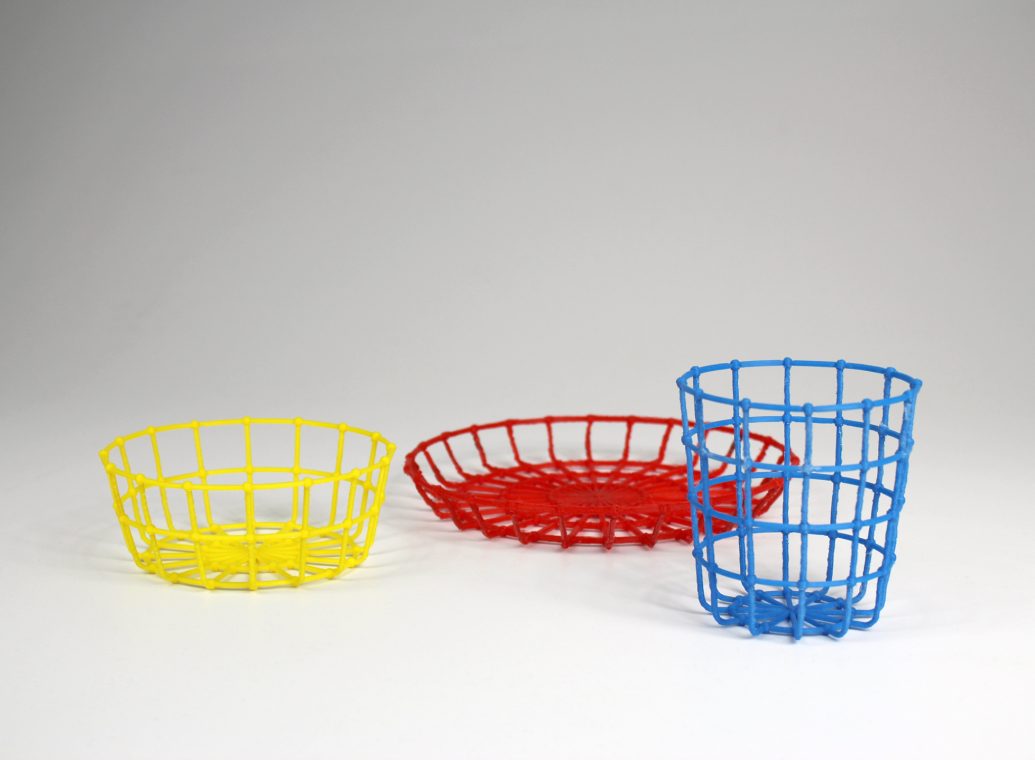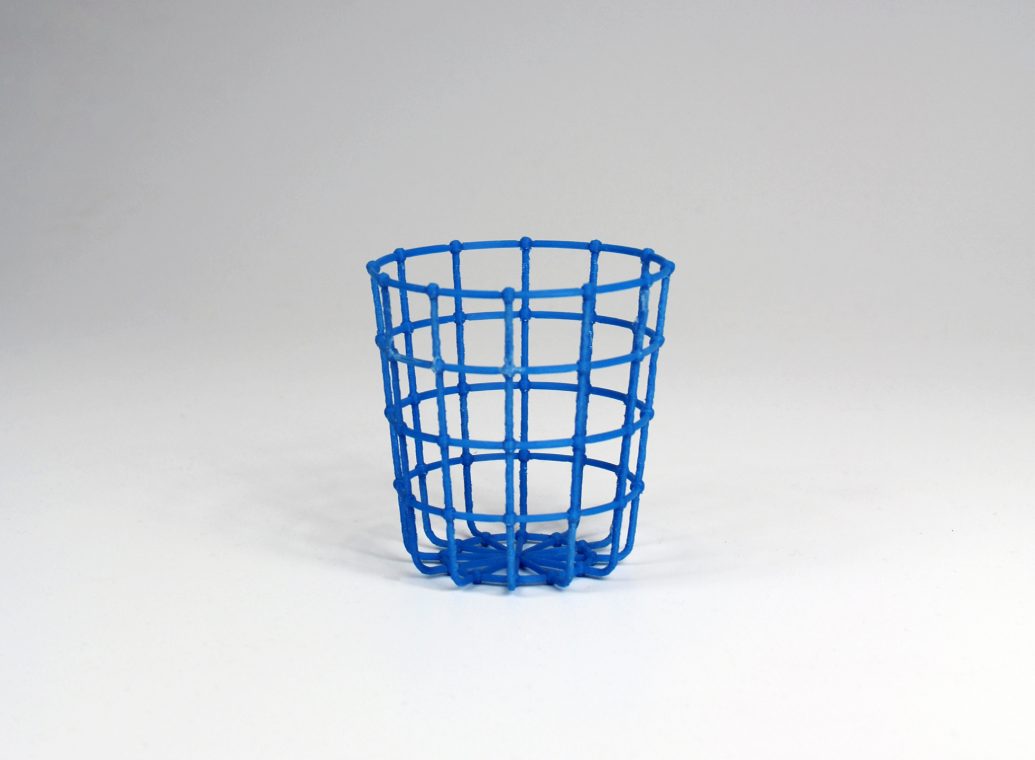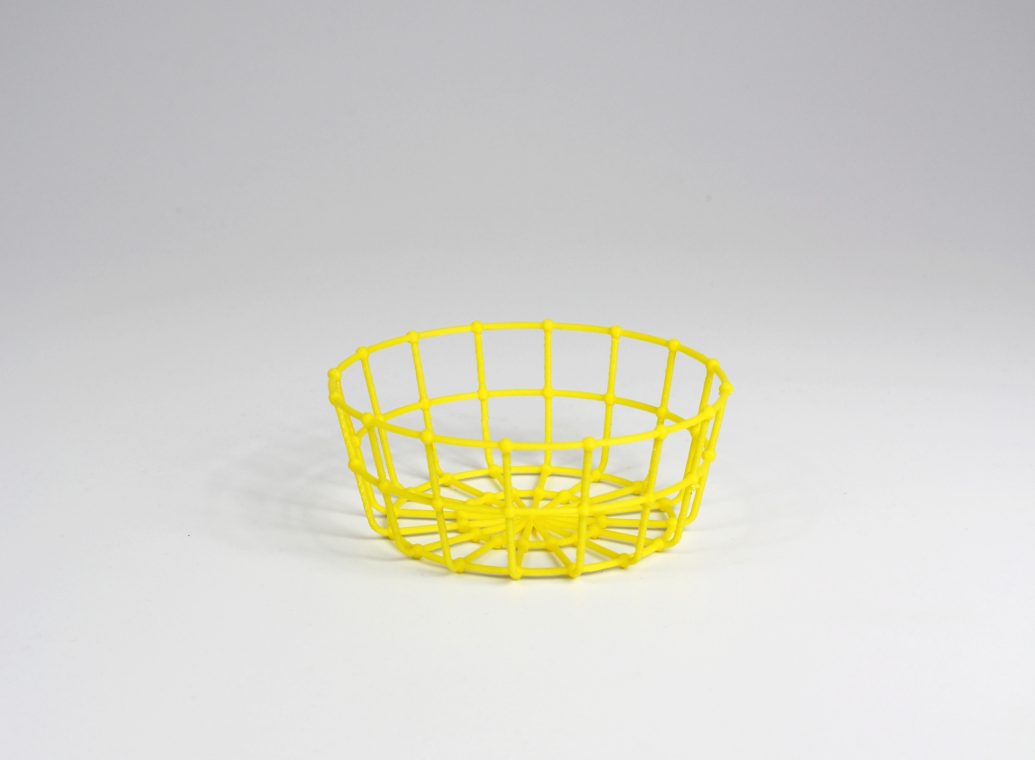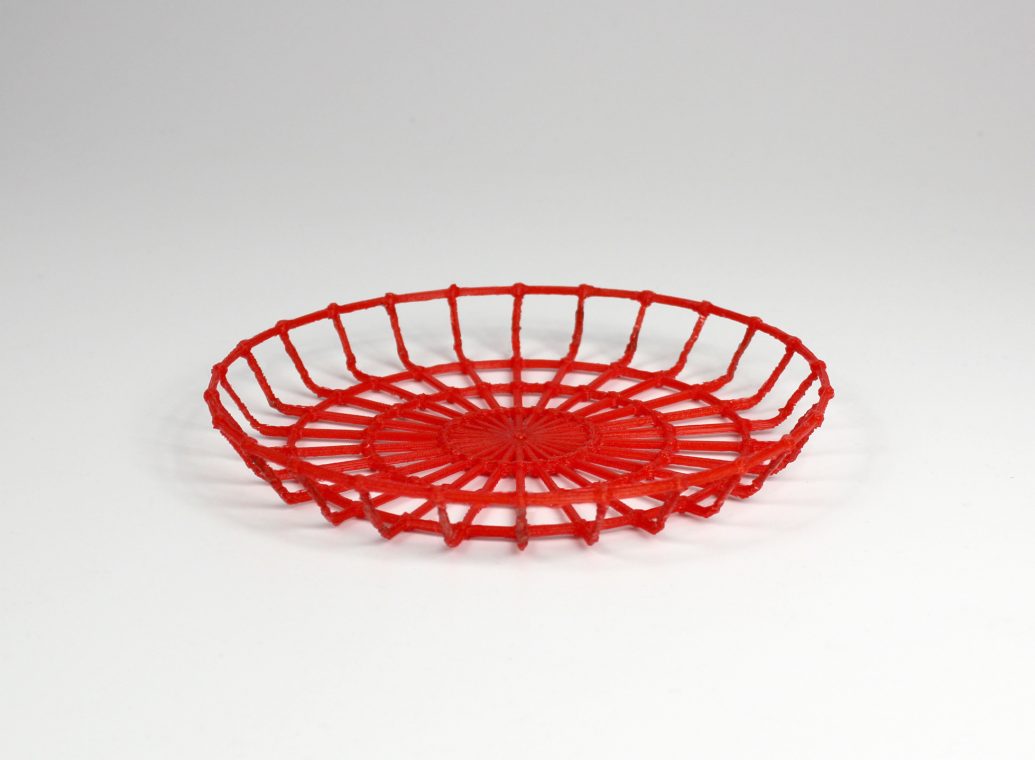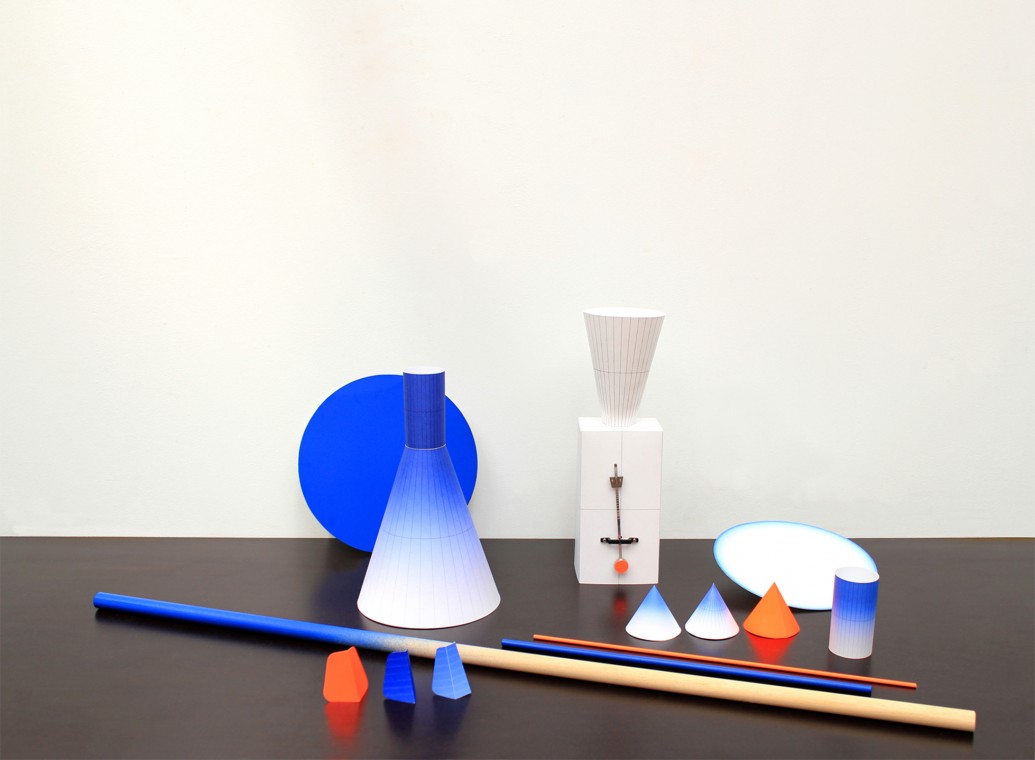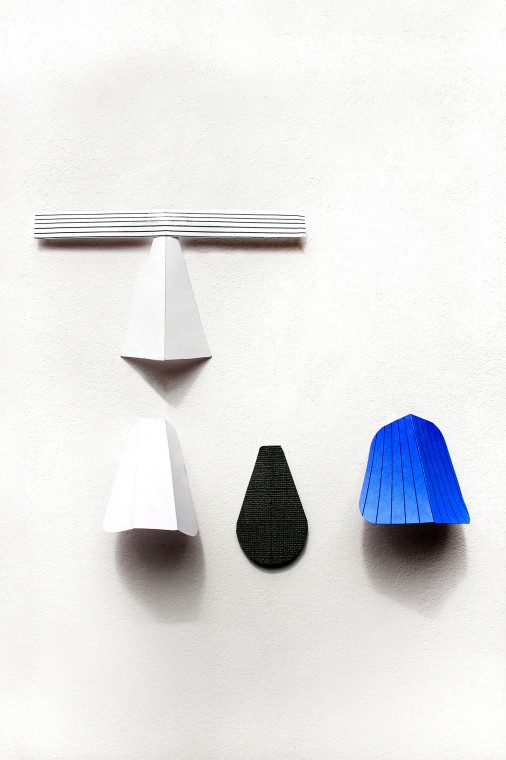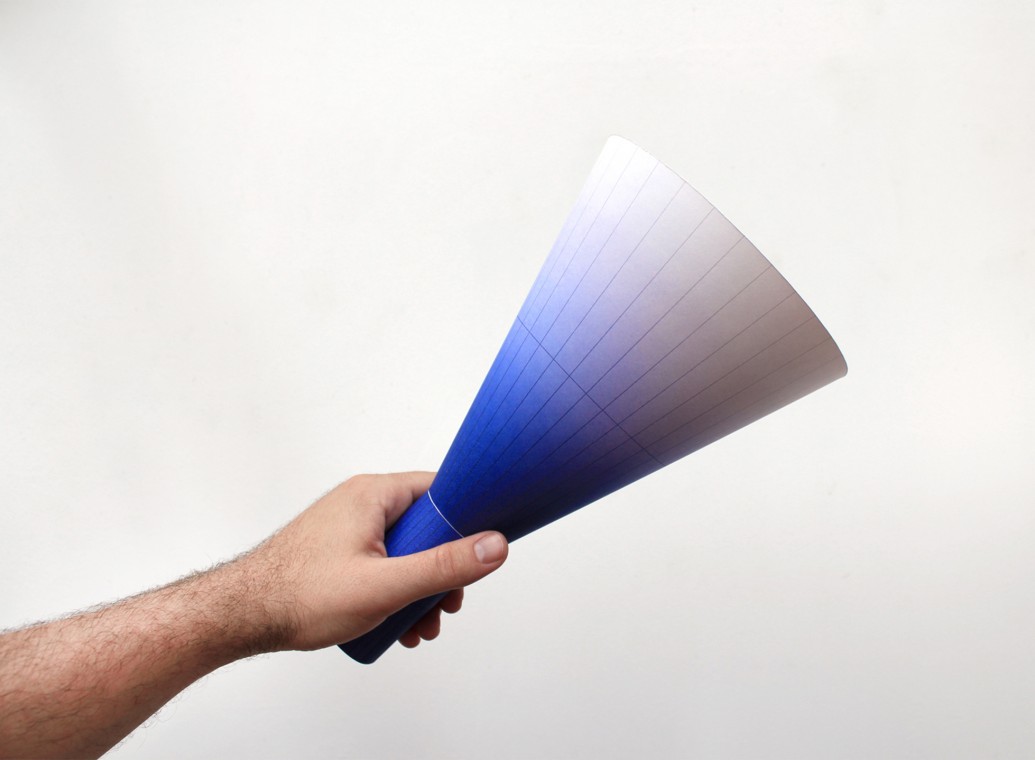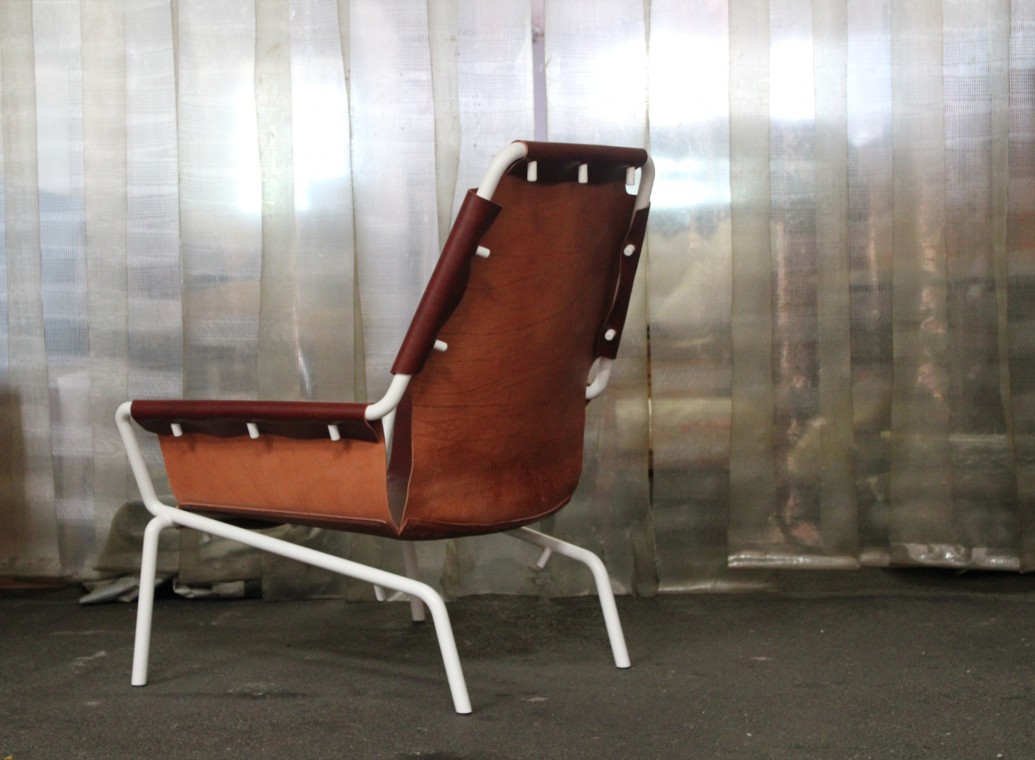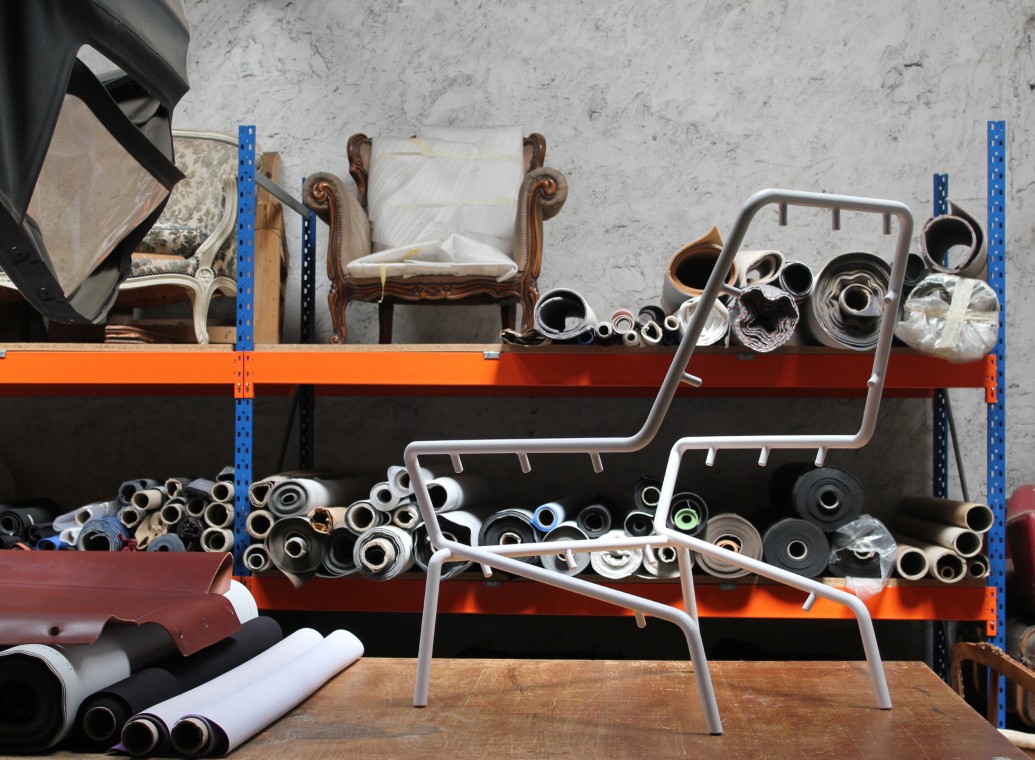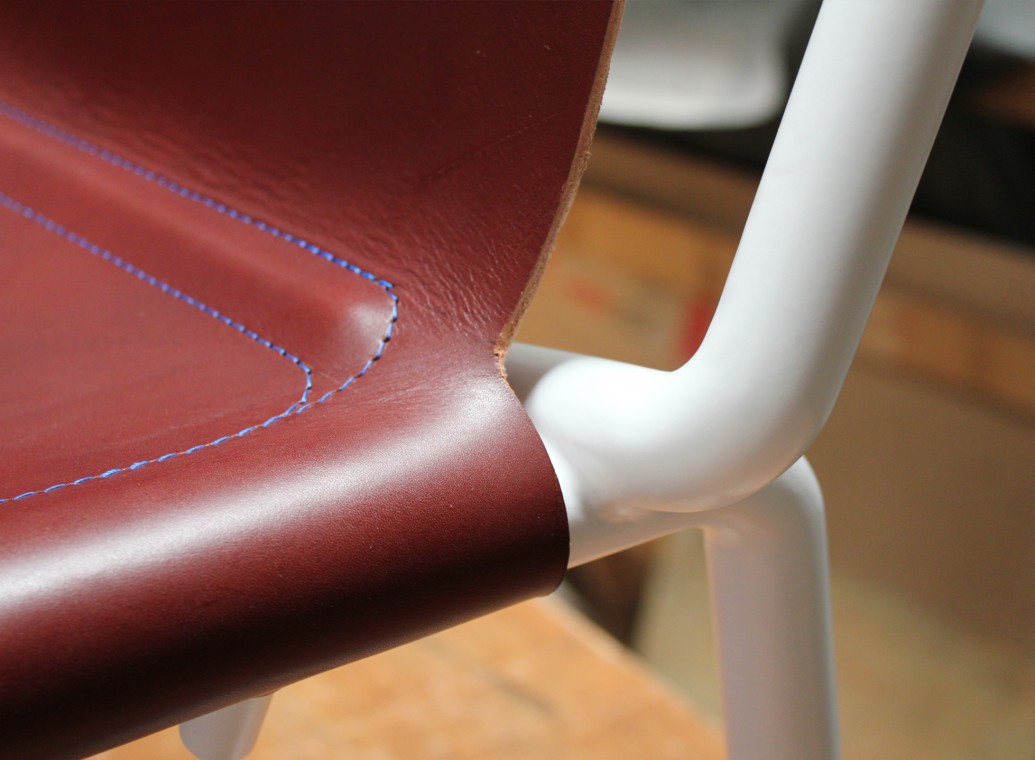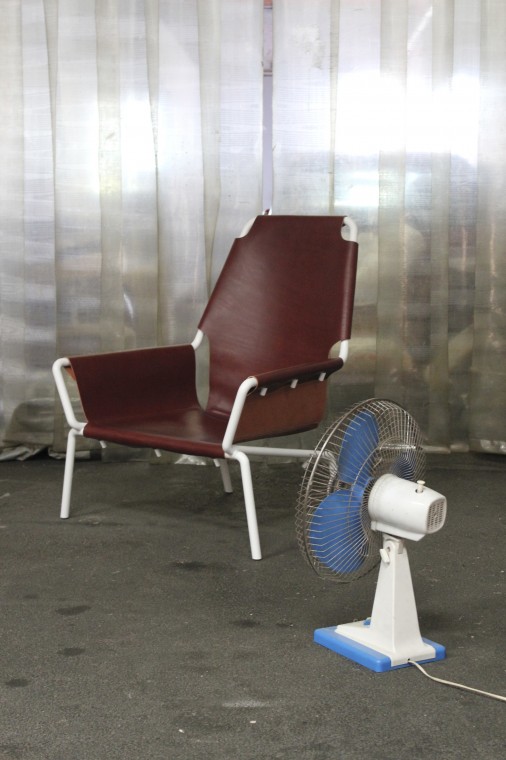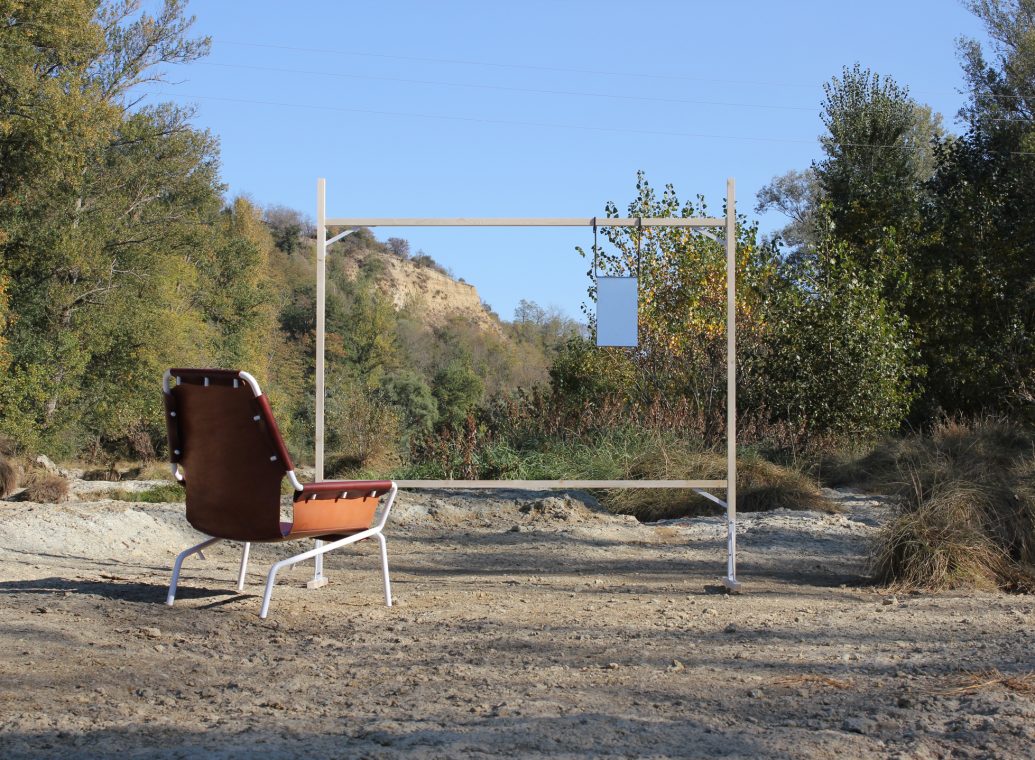Charybde
Presented at the "Sharing Design" exhibition during the 2014 Milan Furniture Fair, experience "Liquid Block" initiated by collective Ultra Ordinaire (founded by Nathalie Bruyère and Pierre Duffau) aims at creating links between the various European know-how through experimentation and exchange of resource.
Based on the network of Fablabs and Makerspaces, the project proposed to explore new possibilities offered by 3D printing by revisiting the shapes and textures for three classic types of accessories for the table. Designed as an atomic structure (segment and node) with infinite growth opportunities, Charybde is a building system that combines the evocation of artisanal basketry techniques to the design and production potential of the digital tool.
Production reprap, Fablab Artilect
2014
Research project, experience Liquid Block by invitation from collective Ultra Ordinaire, exhibition Sharing Design, Fabbrica del Vapore, Milan Furniture Fair
Racines
As part of the DAFTEH project, it was proposed that we design a set of objects for dramathérapeute occurring in hospitals. All items had to adapt to a variety of therapeutic devices and allow to "create" the conditions and the territoriality of the playing space in non-dedicated places, and reduced time intervals. We then proposed to draw a family of objects that are neither symbols or signs; artifacts, unspecified things in a function or use and that could endlessly combine them such a grammar of forms, textures, materials. Borrowing from theatrical vocabulary and elementary geometric forms, Racines are generic objects, almost abstract, awaiting interpretative manipulations. Thus we propose to take advantage of this imaginative capacity of children when playing with a stick, they imagine a fishing rod, a rifle, a magic wand. Racines then form a system of tools for narration, simple starting points, some "Looks like...” objects.
2012
Research project, DAFTEH, pre-project phase, LLA Laboratory, University Jean Jaurès, Toulouse (31)
Orwell
We can’t draw objects and look at them without referring to the ambiguity of the sensitive and metaphysic relationship that some of them have with us. Orwell recalls that pair of shoes ever brought to the shoemaker and that we shine regularly at the same time when our foot and shoe are inspired by the other to take shape. It is suitable for the beauty and quality of its materials for maintenance and cares, moving from object status to that of domestic animal, daily companion. This armchair is a pretext for the establishment of rituals and a more intimate proximity between object and subject. Simplified and reduced to essentials, it’s actually composed of two autonomous elements: one skeleton and one skin that can rid itself easily, allowing so to replace it or invent other uses. Due to an overhanging structure, the skeleton is as flexible as the leather is soft, allowing to the armchair a gentle swinging.
Steel, leather, l.83cm x h.100cm x p.72cm
2010
Armchair, Public Prize, Design Parade 05, personnel work

